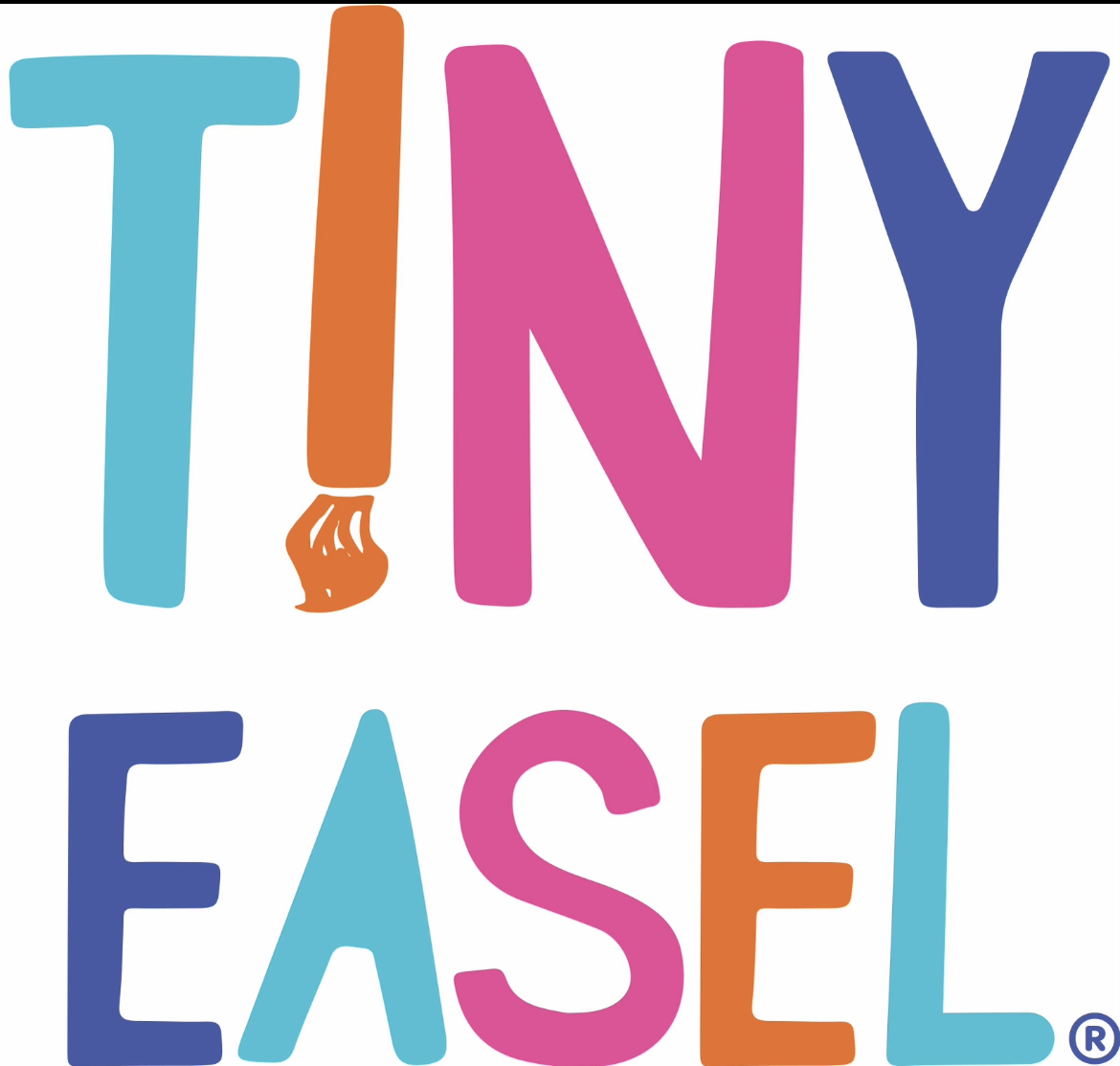A well-organized kitchen can transform the way you cook, making meal preparation faster, more enjoyable, and less stressful. Whether you have a spacious kitchen or a cozy galley, optimizing your storage and creating efficient systems can help you make the most of your space. By implementing some simple yet effective strategies, you can turn your kitchen into a functional, efficient area that works for you. Here are some practical tips to help you organize your kitchen and create a more efficient cooking space.
1. Declutter and Streamline
The first step to an efficient kitchen is decluttering. Go through your cabinets, drawers, and pantry to identify items you no longer use or need. Donate or discard duplicate utensils, expired ingredients, and appliances that are collecting dust. By reducing the number of items in your kitchen, you create more space for the things you use regularly, making it easier to find what you need.
Consider streamlining your kitchen tools and gadgets to the essentials. Do you really need five different spatulas or three types of garlic presses? Keeping only the items that serve a clear purpose will help you maintain an organized and efficient kitchen.
2. Use Zones to Organize Your Space
Creating dedicated zones in your kitchen can make cooking and cleaning more efficient. Divide your kitchen into different areas based on function, such as food prep, cooking, cleaning, and storage. For example:
- Prep Zone: Keep cutting boards, knives, mixing bowls, and measuring cups close to your prep area.
- Cooking Zone: Store pots, pans, cooking utensils, and spices near the stove.
- Cleaning Zone: Keep dish soap, sponges, and cleaning supplies under the sink for easy access.
By grouping similar items together and storing them near the area where they will be used, you can reduce the amount of time spent searching for things and make your workflow more efficient.
3. Make Use of Vertical Space
Maximize your kitchen’s storage capacity by making use of vertical space. Install shelves on empty walls to store dishes, cookbooks, or pantry items. Use the inside of cabinet doors to hang measuring spoons, pot lids, or even a small spice rack. Consider adding hooks or a pegboard to hang utensils, oven mitts, or pans.
Vertical storage helps free up valuable counter space and keeps items easily accessible. By taking advantage of every inch of space, you can create a more organized and efficient kitchen.
4. Organize Your Pantry
An organized pantry can make meal preparation much easier. Start by grouping similar items together, such as canned goods, grains, baking supplies, and snacks. Use clear containers to store dry goods like pasta, rice, and flour—this not only keeps them fresh but also makes it easy to see when you’re running low.
Labeling your containers and shelves can help you keep everything in its place and ensure that everyone in the household knows where to find and return items. Consider using baskets or bins to corral smaller items, like seasoning packets or snack bars, to keep your pantry tidy.
5. Utilize Drawer Dividers
Drawers can quickly become a jumbled mess if not organized properly. Use drawer dividers to separate utensils, cooking tools, and other small items. Dividers make it easy to find what you need and keep everything in its designated place. For deeper drawers, use adjustable dividers to create compartments for larger items like baking sheets, cutting boards, or kitchen towels.
Drawer dividers are an inexpensive way to bring order to your kitchen and ensure that every item has a home, making it easier to maintain an organized space.
6. Store Items by Frequency of Use
When organizing your kitchen, consider how often you use each item. Store frequently used items, such as everyday dishes, utensils, and cooking tools, in easily accessible cabinets or drawers. Less frequently used items, like holiday serving platters or specialty gadgets, can be stored in higher or harder-to-reach areas.
By storing items based on how often you use them, you can create a more efficient workflow and avoid wasting time searching for the things you need most often.
7. Use Clear Containers and Labels
Clear containers are a game-changer when it comes to organizing your kitchen. Use them to store dry goods, snacks, and even leftovers in the fridge. Clear containers make it easy to see what you have on hand, reducing the chances of buying duplicates or letting items go to waste.
Labeling your containers and shelves can help everyone in the household stay organized and know where things belong. You can use a label maker or simply write on masking tape with a marker. Labels can be especially helpful in the pantry, where similar items may be stored in different containers.
8. Add Pull-Out Shelves and Organizers
Deep cabinets can be difficult to access, making it easy for items to get lost in the back. Installing pull-out shelves or organizers can help you make better use of your cabinet space and keep everything within reach. Pull-out shelves are great for storing pots, pans, and small appliances, while pull-out baskets can be used for pantry items or cleaning supplies.
These additions can make a big difference in the functionality of your kitchen, allowing you to easily see and access everything you need.
9. Hang Pots and Pans
If you’re short on cabinet space, consider hanging your pots and pans from a wall-mounted rack or ceiling-mounted pot rack. Not only does this free up valuable cabinet space, but it also keeps your cookware within easy reach. Hanging your pots and pans can also add a decorative element to your kitchen, giving it a cozy, lived-in feel.
If you don’t have space for a pot rack, consider using a pegboard to hang your cookware and utensils. Pegboards are versatile and can be customized to fit your needs, making them a great solution for maximizing vertical space.
10. Use Lazy Susans for Hard-to-Reach Areas
Lazy Susans are a great solution for organizing hard-to-reach areas, such as corner cabinets or high shelves. Use a Lazy Susan to store spices, condiments, or small pantry items, making it easy to find what you need without having to dig through everything.
Lazy Susans can also be used in the fridge to organize jars and bottles, allowing you to quickly locate items without having to move everything around. They are a simple and affordable way to make your kitchen more efficient and user-friendly.
11. Keep Countertops Clear
Cluttered countertops can make your kitchen feel cramped and chaotic. To create a more efficient workspace, keep your countertops as clear as possible. Store small appliances like toasters, blenders, and coffee makers in cabinets or on shelves when not in use. Only keep essential items, such as a fruit bowl or a utensil holder, on the counter.
By minimizing the number of items on your countertops, you can create a clean, open space that’s easier to work in and more visually appealing. A clear countertop also makes it easier to clean up after cooking, saving you time and effort.
12. Create a Command Center
A kitchen command center can help you stay organized and keep track of your schedule, grocery lists, and meal plans. Set up a small area of your kitchen with a chalkboard or whiteboard, a calendar, and a spot for important papers or notes. You can also include a basket or bin for mail and a clipboard for your shopping list.
Having a designated command center in your kitchen can help you stay on top of household tasks and ensure that everything you need is in one place. It’s a great way to keep your kitchen organized and make meal planning more efficient.
Organizing your kitchen for efficiency doesn’t have to be complicated or expensive. By decluttering, using smart storage solutions, and creating designated zones, you can transform your kitchen into a functional and efficient space that works for you. A well-organized kitchen makes cooking and cleaning more enjoyable, saving you time and reducing stress. With these simple tips, you can create a kitchen that’s not only efficient but also a joy to use.








